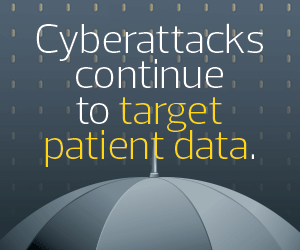1. Educate Healthcare Staff to Recognize Vishing and Smishing
Knowledge is the cybersecurity team’s most important tool when it’s used to empower healthcare staff with the skills to recognize and respond to vishing and smishing attempts. Regular training sessions should educate employees about common tactics attackers use, such as social engineering techniques and voice-altering technologies. Emphasize the importance of verifying caller identities, refraining from sharing sensitive information over the phone or via text, and promptly reporting suspicious communications. Cultivate a culture of vigilance and ongoing awareness among all staff members.
2. Communicate Vishing and Smishing Risks to Patients
In addition to training staff, providers should also educate patients about the risks of vishing and smishing. Develop materials that clearly outline the dangers and warning signs of these attacks, and encourage patients to exercise caution when receiving unsolicited calls or texts requesting personal or financial information. Make it clear to them that legitimate healthcare providers will never ask for sensitive data over the phone or through texts. Provide patients with appropriate channels to report any suspicious communications that they receive.
3. Improve Cybersecurity Controls to Mitigate Vishing and Smishing
Enhanced cybersecurity controls are critical for mitigating vishing and smishing risks. Implement robust multifactor authentication to strengthen access controls for sensitive systems and data. Regularly update and patch software and systems to address vulnerabilities that attackers may exploit. Deploy email and web-filtering solutions to detect and block phishing attempts, including malicious links and attachments. Consider adopting voice recognition or caller authentication technologies to verify the legitimacy of incoming calls.
UP NEXT: Learn how to avoid becoming the bait of a phishing email.











